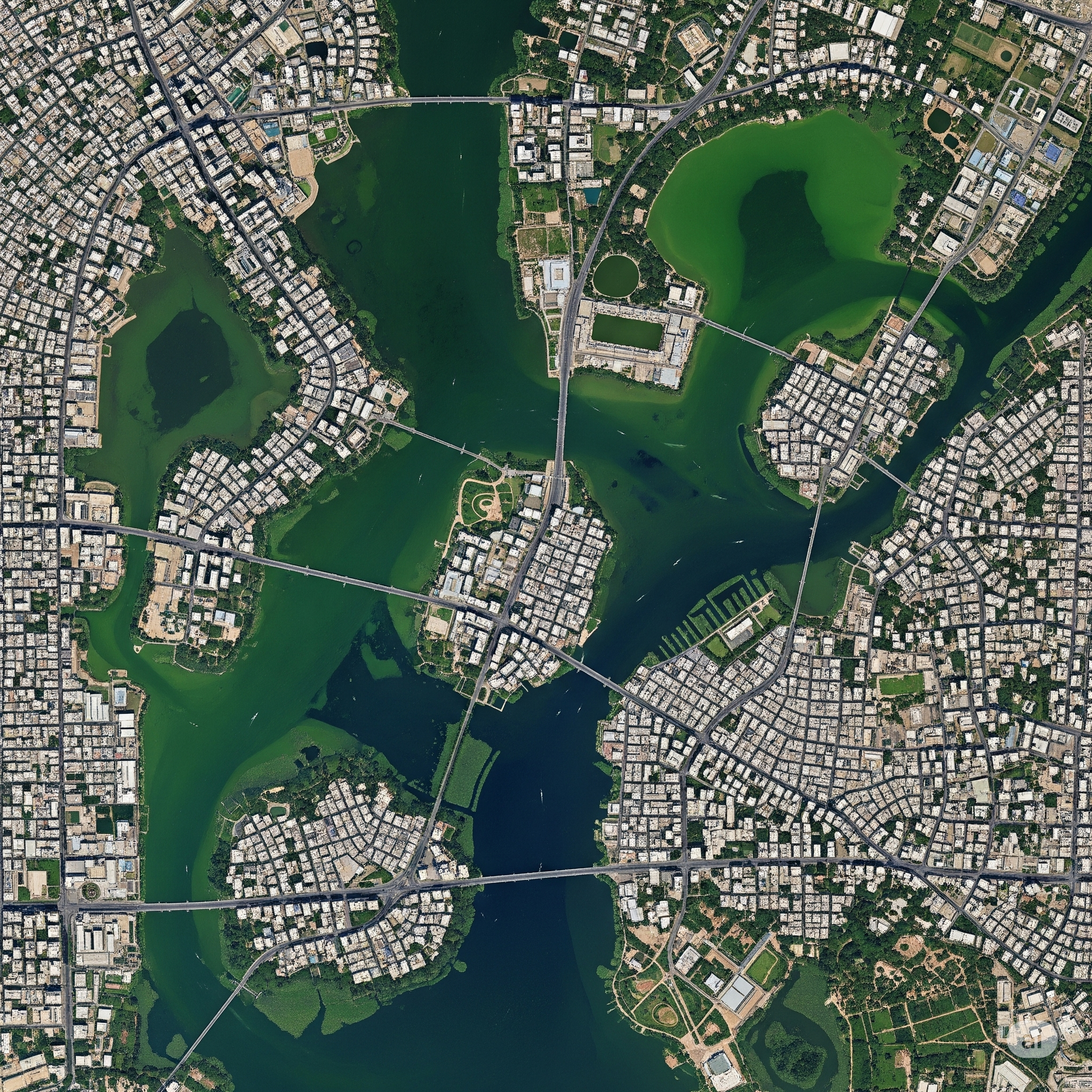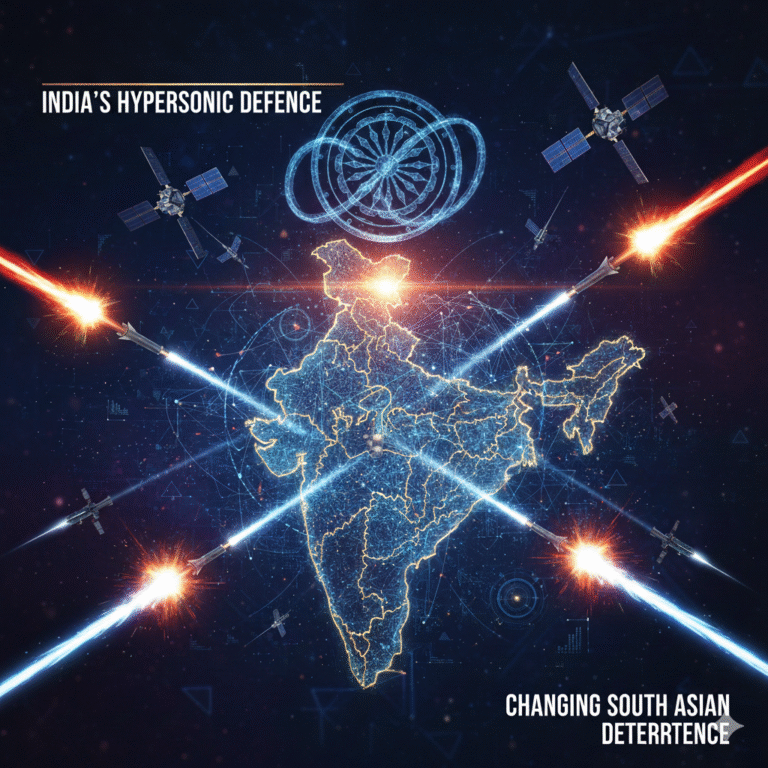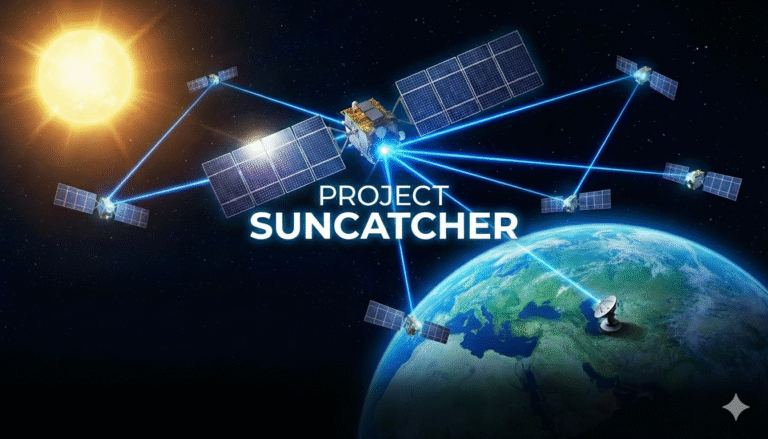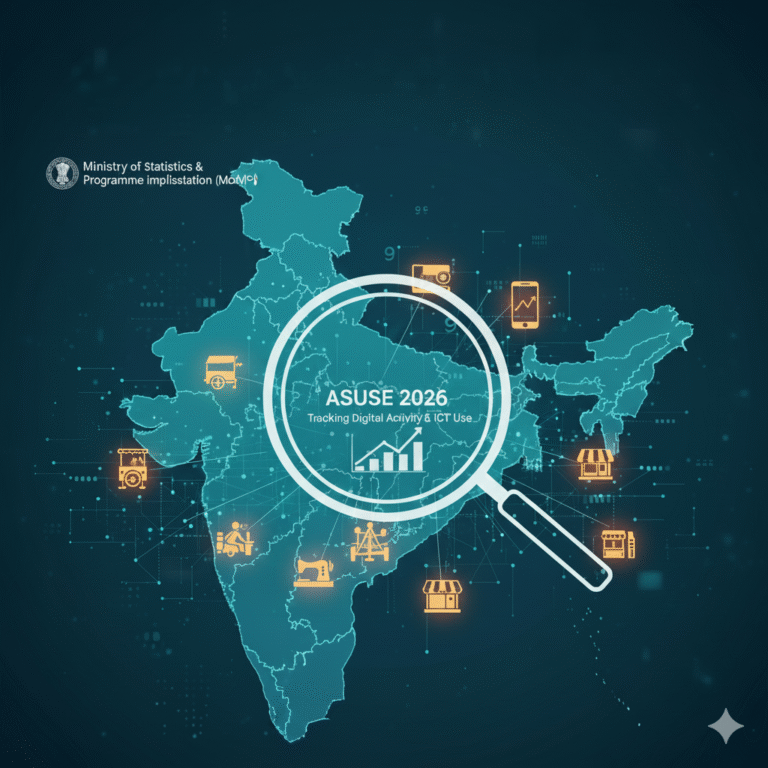India’s cities are growing fast, but their resilience to flooding is shrinking. This paradox is partly due to a forgotten ally: lakes and wetlands. Historically, these ecosystems functioned as natural sponges, absorbing excess rainwater and releasing it slowly. In today’s era of concrete jungles and extreme climate events, their role is more crucial than ever.
📍 What Are Lakes and Wetlands, Technically?
- Lakes are inland bodies of standing water, either natural or man-made.
- Wetlands are areas where the land remains saturated with water either permanently or seasonally, like marshes, swamps, and floodplains.
Together, they act as blue-green infrastructure, supporting water flow regulation, biodiversity, and groundwater recharge.
🌧️ How They Prevent Urban Flooding
When it rains heavily:
- Wetlands absorb and store excess water
- Lakes serve as overflow basins, delaying the release of stormwater into drains
- They slow down surface runoff, reducing erosion and siltation
Without them, water has nowhere to go, leading to flash floods.
“Every lost lake is a missed opportunity to manage monsoons,” says Dr. Anand Mallik, a hydrologist at NIUA.
📊 The Numbers Tell the Story
- India has lost more than 30% of its wetlands in just three decades (ISRO 2023)
- Bengaluru once had over 280 lakes; today, less than 30 are functional
- Chennai floods of 2015 were worsened by construction over marshland
These losses are not just environmental but economic and public health hazards.
🚚 Case Study: East Kolkata Wetlands
A UNESCO-recognized Ramsar site, these wetlands:
- Naturally treat over 800 million litres of wastewater daily
- Prevent floods during high rainfall
- Support agriculture and fisheries for thousands of urban poor
“It’s a rare example of ecology and economy coexisting,” says wetland researcher S. Bhattacharya.
🤩 Role in Groundwater Recharge
When wetlands are intact, they act as percolation zones. The water slowly filters underground, replenishing aquifers that cities rely on.
Paved urban spaces, in contrast, block this recharge cycle, making cities dependent on overdrawn groundwater or costly imports.
🐟 Biodiversity Hubs
Wetlands are nurseries for:
- Migratory birds (e.g., flamingos in Mumbai)
- Native fish and amphibians
- Medicinal and aquatic plants
When we lose these spaces, we also lose genetic diversity vital for agriculture and climate adaptation.
🚧 Why Are We Losing Them?
1. Encroachment
Urban expansion has filled or built over thousands of wetlands.
2. Pollution
Solid waste, sewage, and industrial runoff degrade water quality.
3. Policy Gaps
Many wetlands are not mapped or protected under law.
🌱 What Needs to Change
✅ Protect and restore existing wetlands
- Demarcate them in urban plans
- Ban illegal construction
✅ Build green infrastructure
- Permeable pavements
- Artificial ponds and bioswales
✅ Empower local communities
- Wetland watchdog groups
- Community-led restoration
🌊 Conclusion: A Blueprint for Resilience
India’s climate risks are real and rising. But instead of only investing in costly drainage projects, we must return to what worked for centuries: letting nature absorb, filter, and drain water. By preserving and restoring lakes and wetlands, we not only prevent floods but create healthier, more sustainable cities.
Let’s not wait until the next monsoon disaster to remember their value.









+ There are no comments
Add yours